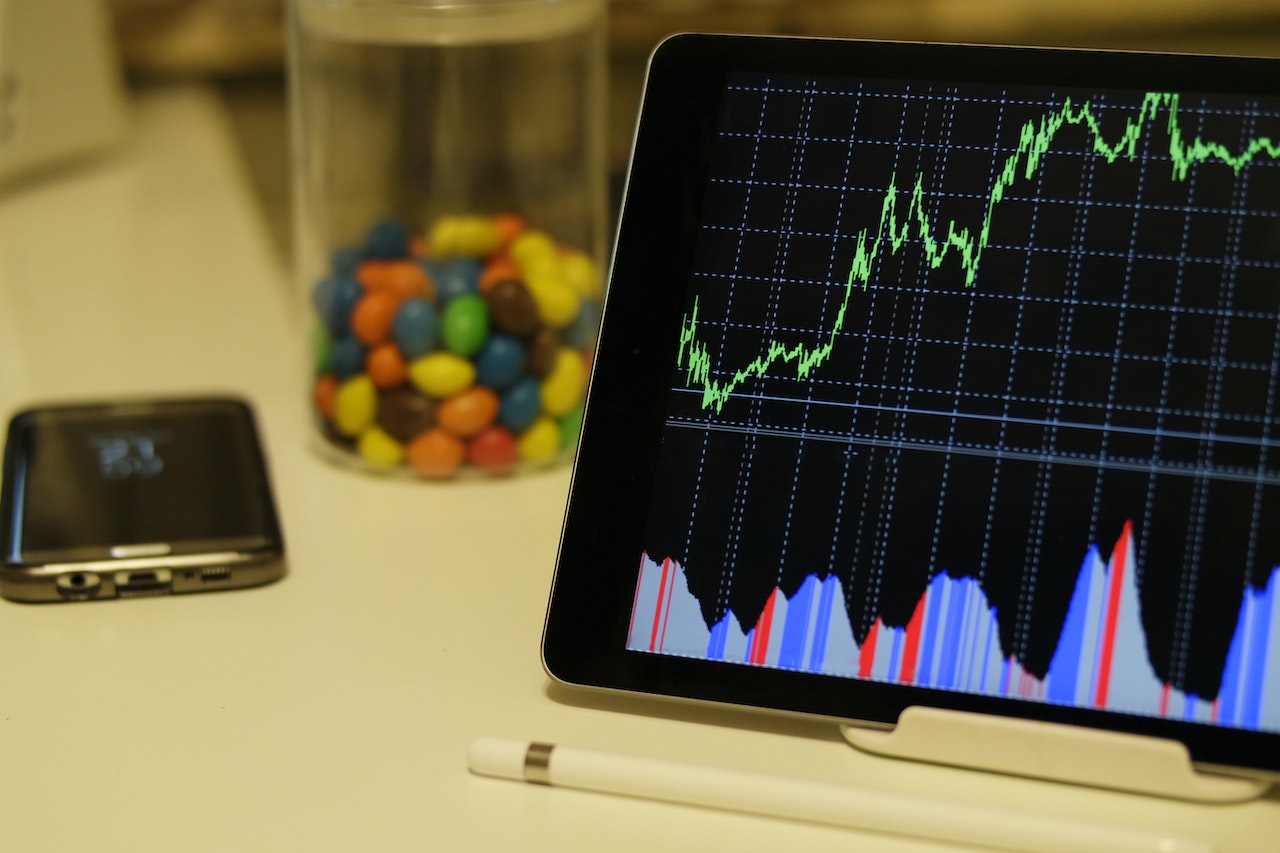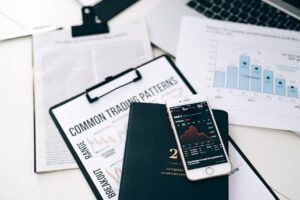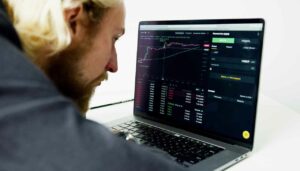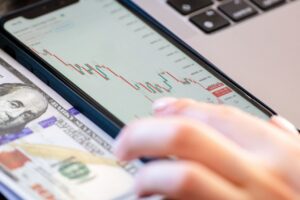What is leverage in Forex trading? How does it work? What are the benefits and risks? These are some of the most common questions that traders have about leverage. In this article, we will provide a full guide to understanding leverage, including how to use it safely and effectively in your trading. We’ll also answer some frequently asked questions about this important topic. So read on to learn everything you need to know about leveraging your trades in Forex!
Leverage Amounts
Most brokers offer leverage in ratios of 100:0.01, 200:0.01, and 400:0.01, which means that for every $100 in your account, you can trade up to $400 worth of currency. Some brokers even offer higher ratios, such as 500:0.01 or 1000:0.001. That means that with just $100 in your account, you could trade up to $1000 worth of currency!
Of course, the higher the ratio, the more risk you are taking on. So it is important to use leverage wisely and only when you are confident in your trade setup. But if used correctly, leverage can be a powerful tool to help you maximize your profits potential.
Calculating Profits and Losses
When you trade with leverage, your profits or losses are based on the full value of the trade. So if you buy $1000 worth of EUR/USD with a leverage of 100:0.01, your profit or loss will be based on a $100,000 trade size! This is why it is so important to use stop-loss orders when trading with leverage. A small move in the market can have a big impact on your account balance when you are leveraged.
Here’s an example to illustrate how this works: Let’s say you buy 1000 Euros for 0.90 US Dollars per Euro. The current exchange rate is 0.88 US dollars per Euro, so you’re buying the Euros at a price that is higher than the current market rate. If the exchange rate moves to 0.89 US dollars per Euro, you will have made a profit of $100 on your trade (1000 x 0.01 = 100). However, if the exchange rate falls to 0.87 US dollars per Euro, you will have made a loss of $100 on your trade (1000 x 0.01 = -100).
As you can see from this example, even a small move in the market can result in a large profit or loss when you are leveraged. This is why it is so important to use stop-loss orders when trading with leverage. A stop-loss order is an order to sell a security at a price below the current market price. This will limit your losses if the market moves against you.
Benefits of Leverage
Leverage can be a great tool for traders who are confident in their trade setup and who want to maximize their profits potential. However, it is important to use leverage wisely and only when you are confident in your trade setup. The following are some of the benefits of using leverage in Forex trading:
– You can open a larger position than you would be able to with your account balance alone.
– You can make more profit from a small move in the market.
– You can take on more risk, which can lead to greater profits.
Of course, there are also risks associated with leverage. We will discuss these in the next section.
Risks of Leverage
Leverage can be a great tool for traders who are confident in their trade setup and who want to maximize their profits potential. However, it is important to use leverage wisely and only when you are confident in your trade setup. The following are some of the risks of using leverage in Forex trading:
– A small move in the market can have a big impact on your account balance.
– You can lose more money than you have invested.
– You may be forced to liquidate your position at a loss if the market moves against you.



